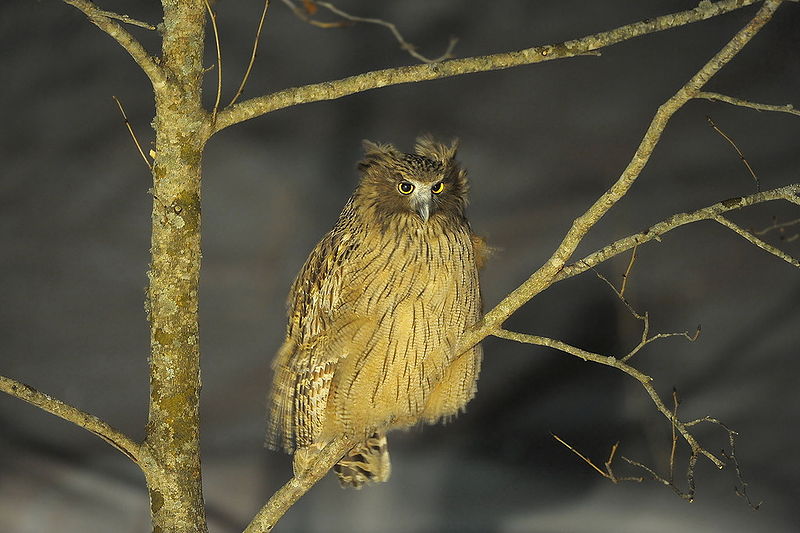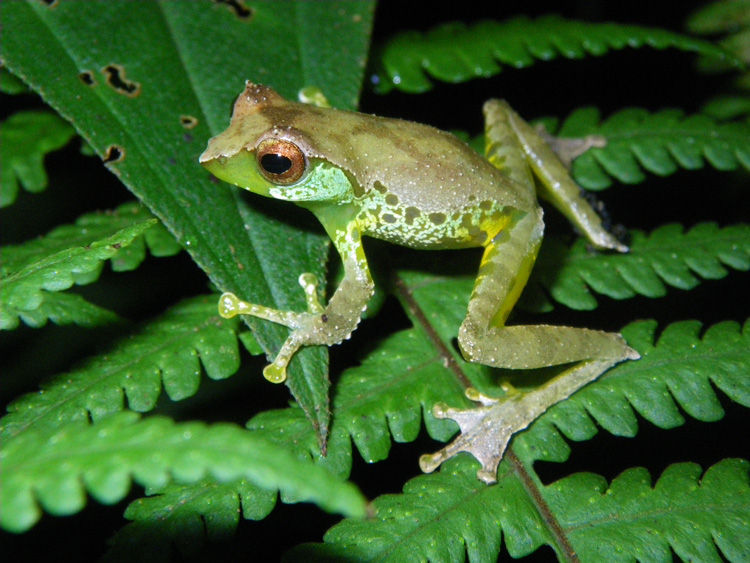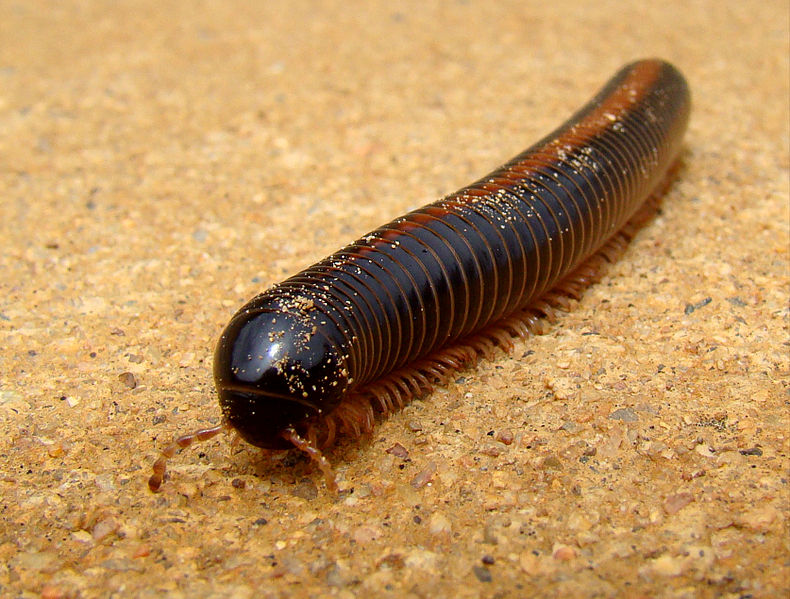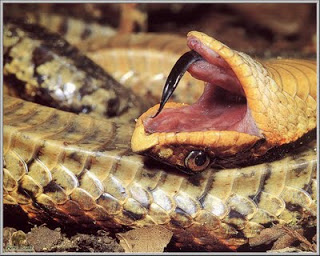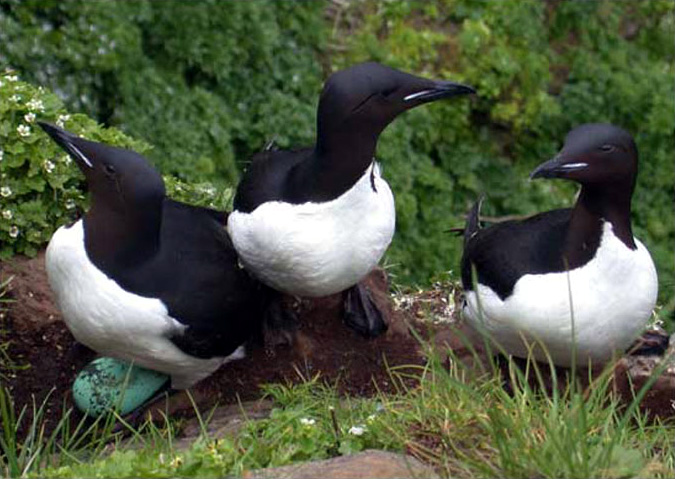
We are going to celebrate the fact that it is almost summer by taking a trip to the high Arctic. The Thick-Billed Murre hangs out in the icy northern waters off the shores of Scandinavia, Russia, Greenland and North America. During the summer months, they come into the breed off the rocky coasts of their respective continents before heading back out to sea for the winter. I don’t know about you but when I think of flying “south” for the winter, I don’t picture heading out to see just beyond the frozen ocean. I would personally pick a better spot to rest for the winter.
Olympic Class Swimmer
As you might expect the Thick-Billed Murre is an incredibly swimmer….well, let’s hope they are since they spend months out in the middle of the ocean. In fact, these birds are much better swimmers than fliers. Don’t get me wrong, once they finish their awkward takeoff they are capable of reaching flying speeds up to 120 km/hr (75 mph) so this should tell you how great they are at swimming.

The Thick-Billed Murre is known as one of the deepest diving birds in the world. They have been known to dive up to 100 m (330 feet) as they chase down their aquatic prey. If you are a squid, fish or crustacean you had better dive deeper than you ever have before because this bird will not stop until you are eaten. How is it possible for a bird to deep sea dive like this? Great question! They use their small wings to fly through the water and in this case, they don’t have to worry about that awkward take-off.
Don’t Jump!
During the breeding season, the female Thick-Billed Murre does not build a nest. Nope, she prefers to join other members of her incredibly large colony and lay one egg on the edge of a rocky cliff. But wouldn’t the egg roll off the ledge? Don’t worry, the Thick-Billed Murre has thought of this and as such will use their faeces to cement tiny pebbles and sand around the egg. Yes, you read that right. It may be gross but it apparently works as there are many chicks born 30-35 days after being placed on a narrow ledge. You have to love the bizarre nesting habits of the Thick-Billed Murre, don’t you?

